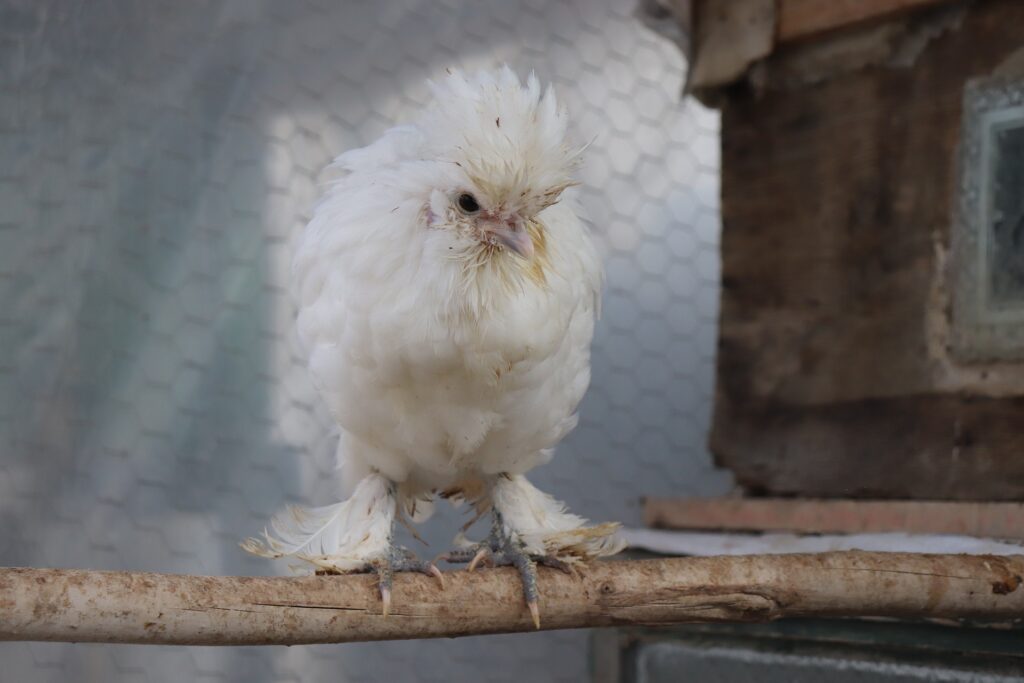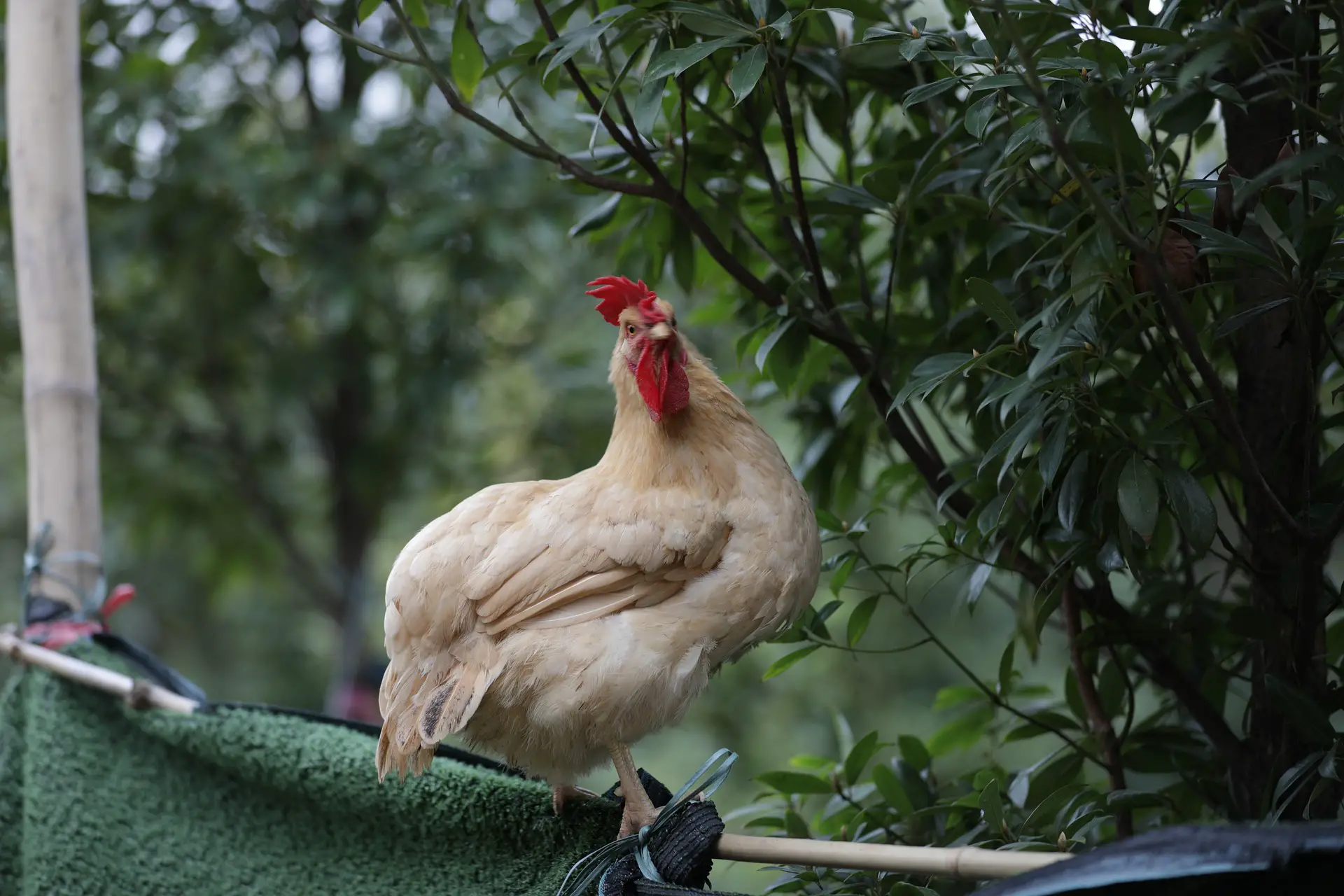If you’re a backyard chicken owner, you know how important it is to provide a safe and comfortable environment for your feathered friends. One essential aspect of a well-designed chicken coop is the inclusion of chicken roosting bars.
Roosting bars are elevated perches that allow chickens to rest and sleep off the ground, mimicking their natural behavior in the wild. In this blog post, we’ll delve into the importance of chicken roosting bars, their benefits, and how to set them up properly in your coop for happy and healthy chickens.
You may also want to read all about the best chicken coops.
Why Are Chicken Roosting Bars Important?
Roosting bars are crucial for the well-being of chickens for several reasons:
- Comfortable Sleeping Area: Chickens naturally prefer to sleep off the ground to protect themselves from predators and stay clean and dry. Roosting bars provide a comfortable and elevated place for chickens to rest and sleep, which can contribute to their overall health and happiness.
- Natural Behavior: Roosting is a natural behavior for chickens, and providing roosting bars in your coop allows them to exhibit their natural instincts. Roosting gives chickens a sense of security, as they can perch high up, away from potential threats on the ground.
- Hygiene: Roosting bars can help keep your coop cleaner, as chickens tend to defecate while they sleep. When they roost on elevated bars, their droppings fall below the roosts, reducing the chances of them soiling their own eggs or getting dirty.
- Social Hierarchy: Chickens have a social hierarchy within their flock, and roosting bars can help establish and maintain that hierarchy. The dominant chickens typically roost at higher spots, while the subordinate ones roost lower. This allows chickens to establish their pecking order and minimize conflicts.
- Health: Roosting bars can also contribute to the physical health of chickens. Roosting allows chickens to stretch and exercise their muscles, promoting better circulation and reducing the risk of foot problems or injuries associated with standing on hard or damp surfaces for prolonged periods.

How to Set Up Roosting Bars in Your Chicken Coop
Setting up chicken roosting bars in your chicken coop is a relatively simple process. Here are some essential tips to keep in mind:
- Height and Spacing: Roosting bars should be installed at a height that allows chickens to comfortably perch without their backs touching the ceiling of the coop. A general rule of thumb is to place roosting bars about 18 inches above the ground for standard-sized chickens. Bantam chickens may require lower roosts, while larger breeds may need higher ones. The spacing between the roosting bars should be wide enough to allow chickens to comfortably perch but not so wide that they struggle to maintain balance.
- Size and Material: Roosting bars should be wide enough for chickens to perch comfortably with their feet flat, as it helps prevent foot problems. A width of 2-3 inches is generally suitable for most chicken breeds. The material of the roosting bars should be smooth and easy to clean, such as sturdy branches, wooden dowels, or metal rods. Avoid using materials that can cause splinters, as they can harm your chickens’ feet.
- Stability and Security: Roosting bars should be securely attached to the walls or supports of the coop to prevent them from wobbling or falling. Unstable roosting bars can cause stress, discomfort, and injuries to chickens. Ensure that the roosting bars are firmly anchored and can support the weight of all the chickens in the flock without bending or sagging.
Tips for Maintaining Roosting Bars
Maintaining your roosting bars is essential for keeping your chickens healthy and comfortable. Here are a few tips to keep in mind:
- Keep Roosting Bars Clean Regular cleaning of roosting bars is essential for preventing the buildup of bacteria and mites. Remove any droppings or debris from the bars daily and replace the bedding regularly to keep them clean and comfortable for your chickens.
- Check for Damage Inspect the roosting bars regularly for signs of damage or wear and tear. Check for any cracks, splinters, or loose screws, and repair or replace any damaged parts to ensure that the bars are safe and secure.
- Provide Adequate Space Make sure that your chickens have enough space on the roosting bars to move around comfortably. Overcrowding can lead to stress, disease, and reduced egg production, so make sure that there is enough space for each chicken to roost comfortably.

